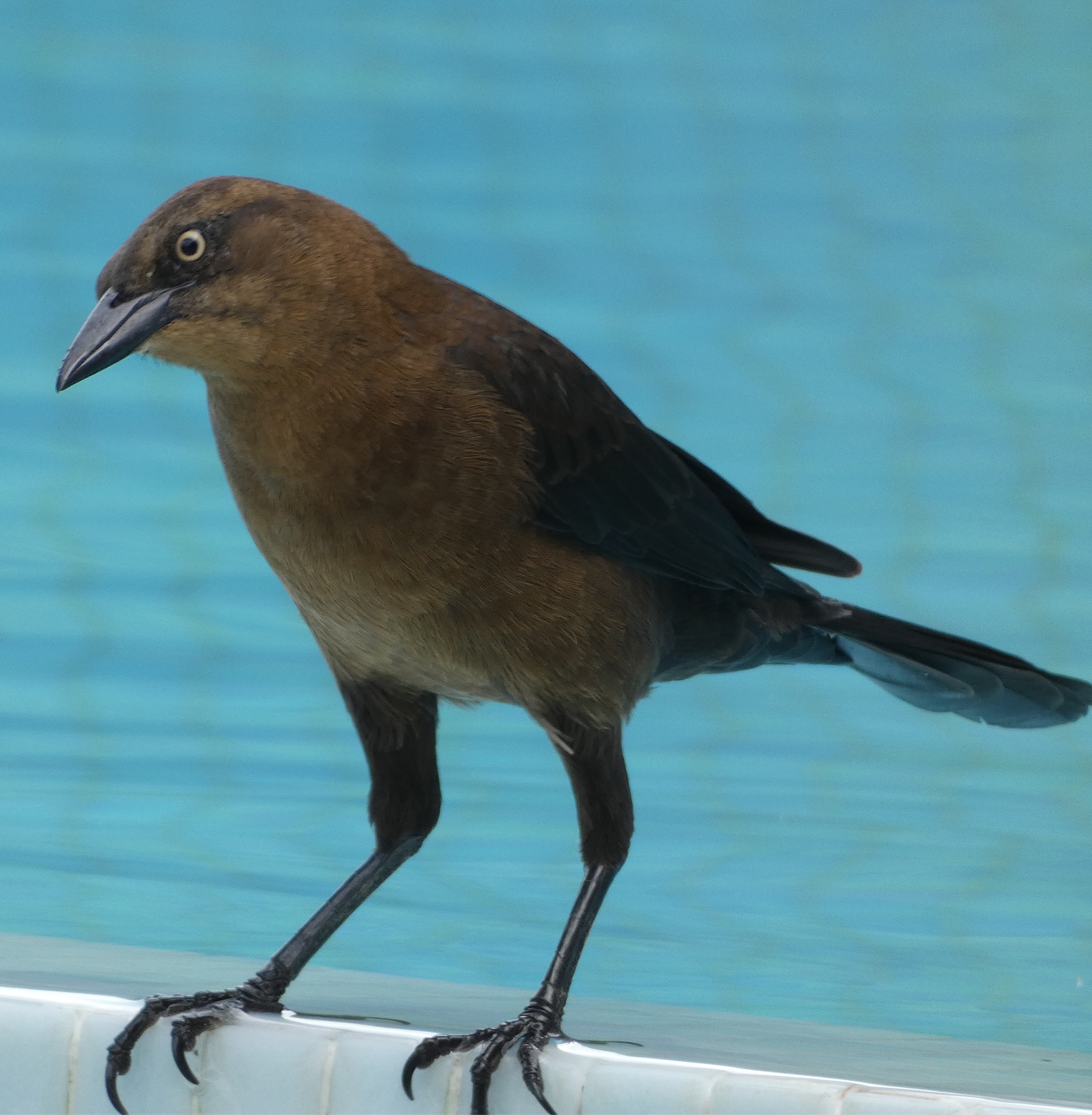Before you go any further...
I've read and accept the Terms of Use and the Privacy Policy.
I accept to receive newsletter and other communications associated with firms of The Explorers Network group'
I accept to receive commercial offers of The Explorers Network partners'.
Thanks!
Vote everyday for your favorite content
SENSITIVE CONTENT
This media contains sensitive content which some people may find disturbing or offensive.
You must be 15 years of age or older to view sensitive content.
Log inBirthday
Content being validated
THE EXPLORERS +
Watch our premium movies
The Explorers + is our premium movie catalog in Ultra High Definition (HD/4K/8K)! Hundreds of videos already available and daily new content on all your devices (web, mobile, tablets, smart TV).
Post content (photo or video) and get 1-month free
OR
Subscribe and support The Explorers Foundation's field actions for biodiversity.

Content being validated
Zanate mexicano hembra (quiscalus mexicanus)
1
0
El zanate mexicano, chanate o clarinero (Quiscalus mexicanus) es una especie de ave paseriforme de la familia Icteridae que vive en América.A veces se llama informalmente cuervo a esta especie, pero en realidad no es pariente de los cuervos verdaderos, los cuales pertenecen a la familia corvidae. El macho es de color negro iridiscente y tiene la cola larga. Se considera como preocupación menor (LC) por la lista roja de la IUCN.
Las hembras son más pequeñas; miden hasta 33 cm de longitud, pesan 125 g, y son marrones. Su canto es una mezcla de sonidos fuertes y estridentes. Son muy exitosos e inteligentes.
distribuye desde los Estados Unidos en el norte hasta Ecuador en el sur. En la actualidad se puede encontrar colonizando los llanos de Colombia y Venezuela, donde se encuentra en zonas rurales en Vandadas de tamaño medio. Es común dentro de estas regiones e incluso está aumentando su distribución. Su hábitat suele ser las áreas agrícolas y las afueras, donde se alimenta de frutas, semillas e invertebrados.
Hay 8 subespecies de este ave.
Related content

Médias en cours d’exploration

